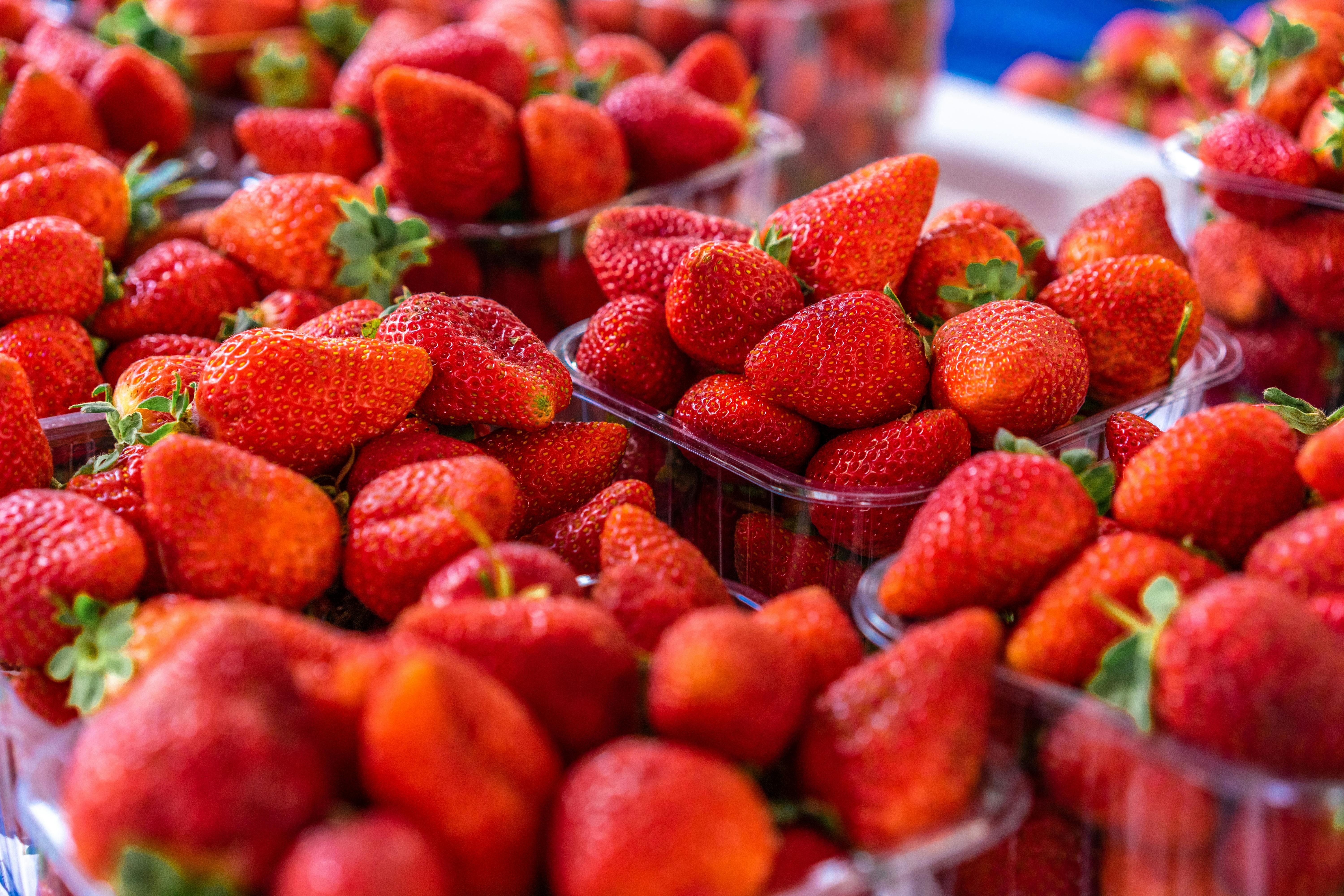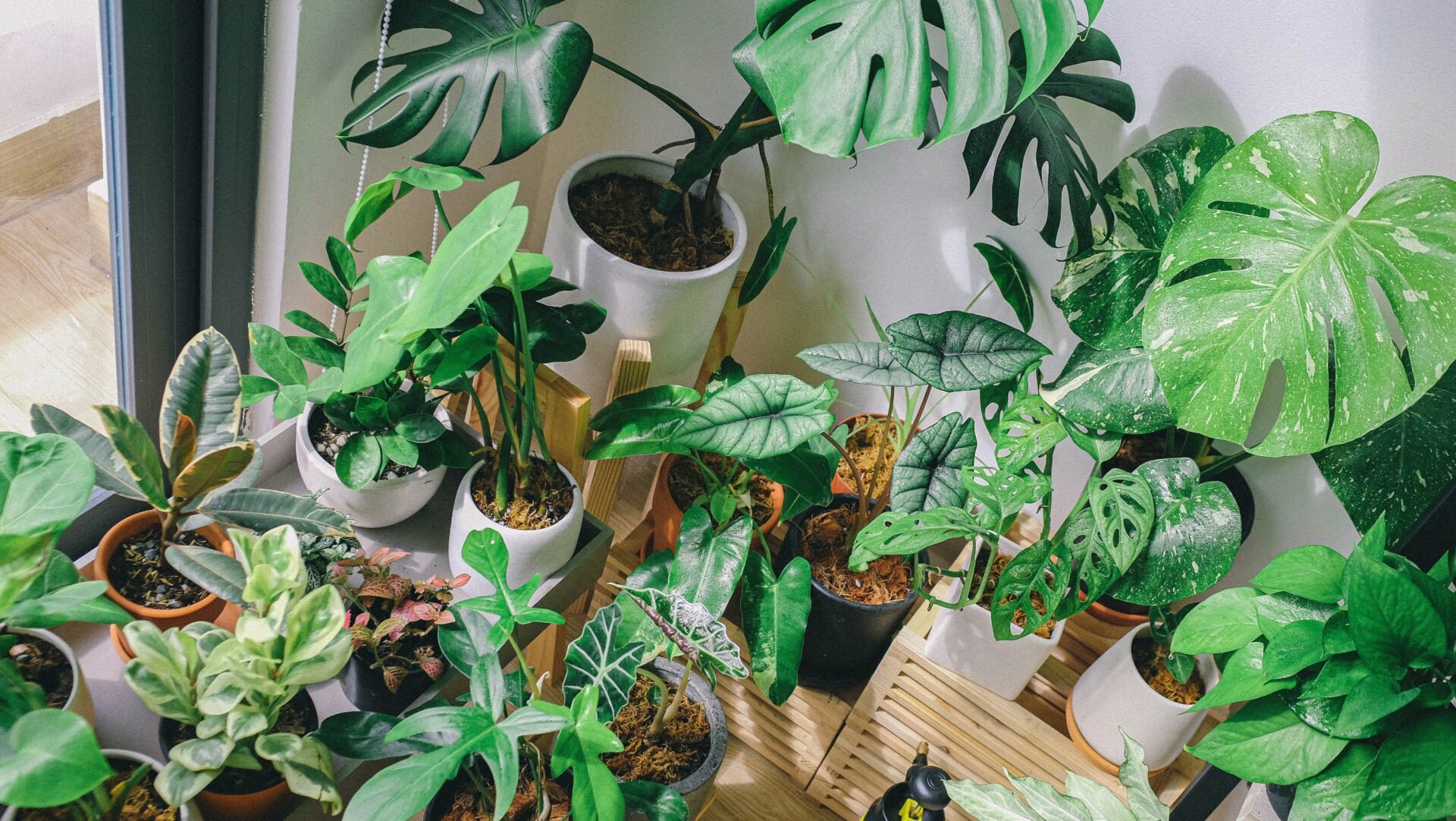Strawberry plants are a popular fruit for gardens and landscapes. They produce sweet, juicy berries that are a favorite among children and adults alike. But how long do strawberry plants last? It depends on the variety of strawberry plant and how it is cared for, but in general, strawberry plants can live for up to three years or longer. In this article, we’ll explore the lifespan of strawberry plants and discuss best practices for caring for them.Strawberry plants typically last two to three years before they need to be replaced.
Advantages of Growing Strawberries
Growing strawberries can be a rewarding and enjoyable experience for home gardeners. Aside from the delicious and versatile fruit they produce, there are several advantages to growing strawberries.
For starters, strawberries are relatively easy to grow and maintain. They require little space, can be grown in containers or in the ground, and with the proper care can produce an abundant harvest. With a little preparation and attention, even novice gardeners can enjoy success with strawberry plants.
Strawberries also offer a number of health benefits. Rich in vitamins C and K, dietary fiber, antioxidants, and other nutrients, they are an excellent addition to any diet. Eating fresh strawberries is a great way to get your daily dose of healthy nutrients without having to take supplements or worry about preservatives or additives.
Finally, strawberries are an affordable crop to grow at home. They require minimal inputs such as water, fertilizer, and labor compared to other fruits or vegetables. Plus, by growing your own you can guarantee that the fruit you eat is fresh and free of pesticides or other contaminants. This makes growing strawberries at home a great way to save money while still enjoying healthy produce.
In conclusion, growing strawberries has numerous advantages for both experienced gardeners and those just starting out. Not only do they provide delicious fruit year after year but also offer a range of health benefits while being relatively easy to grow and maintain at home.
Environmental Factors
Environmental factors are key to determining the lifespan of strawberry plants. Temperature, sunlight exposure, and water levels all influence the health of a strawberry plant. The ideal temperature range for growing strawberries is between 60°F and 70°F, with more direct sunlight providing better results. If temperatures drop below 40°F, the plant can suffer frost damage. Additionally, water levels should be monitored carefully to ensure that the soil stays moist but not soggy. Too much or too little water can have a detrimental effect on the health of strawberry plants.
Soil Conditions
The type of soil that strawberry plants are grown in is also an important factor in their lifespan. Sandy soils provide good drainage, which is essential for keeping plants healthy and free from disease. Soil should also be well-fertilized to provide adequate nutrition for the strawberry plants. Adding compost or manure helps to keep the soil well-nourished and encourages healthy growth.
Pests and Diseases
Pests and diseases can cause significant damage to strawberry plants if left unchecked. Common pests such as aphids, thrips, mites, and nematodes can all cause damage to leaves and fruit. Fungal diseases like powdery mildew and leaf spot can also reduce crop yields if not treated quickly. Regular scouting for signs of pests or diseases is essential for keeping strawberry plants healthy.
Cultivation Practices
The cultivation practices used when growing strawberry plants also affect their lifespan. Proper pruning techniques help keep plants healthy by ensuring adequate air circulation around them. Mulching helps retain moisture in the soil while preventing weeds from growing around the plant’s root system. Additionally, applying fertilizer regularly helps provide essential nutrients that are necessary for healthy growth.
By taking into account these various environmental factors, soil conditions, pests and diseases, as well as cultivation practices, it is possible to extend the lifespan of a strawberry plant significantly. Proper care and attention will help ensure that your strawberries remain healthy and productive for years to come!
Planting
Strawberries are one of the easiest fruits to grow, so it’s no surprise that they are a popular choice for gardeners. When planting strawberries, it is important to choose an area that gets plenty of sunlight and has good drainage. The best time to plant strawberries is in the spring when the soil is warm and moist. Plant the strawberry plants at least 6-8 inches apart, and be sure to mulch around them to help conserve moisture and keep weeds at bay.
Care
Once your strawberry plants are established, there are a few simple steps you can take to ensure they have a longer lifespan. First, be sure to water them regularly so that the soil remains moist but not soggy. Additionally, fertilize your plants with a balanced fertilizer throughout the growing season. Finally, remove any old or diseased leaves or runners from your plants as soon as you notice them in order to prevent disease from spreading.
Tips for Longer Lifespan
For a longer strawberry lifespan, it’s also important to protect your plants from extreme weather conditions. If you live in an area with cold winters or hot summers, consider constructing a row cover over your plants or investing in frost protection blankets. Additionally, make sure that you harvest your strawberries as soon as they ripen in order to encourage more fruit production and keep pests away. Following these simple tips can help ensure that your strawberry plants stay healthy for years to come!
The Best Time to Plant Strawberries
Strawberries are a delicious and nutritious fruit that can be grown in many areas. While strawberries can be planted at any time of the year, the best time to plant them is in the spring. This is because strawberries are a cool-weather crop that need lots of sun and moist soil to thrive. Planting them in the spring gives them plenty of time to establish strong roots before the summer heat arrives.
When planting strawberries, it’s important to choose a spot with well-drained soil and plenty of sun. Strawberries prefer full sun, so choose a spot that gets at least 8 hours of direct sunlight per day. After selecting a location, prepare the soil by adding organic matter such as compost or aged manure. This will help improve drainage and provide essential nutrients for the plants.
Once the soil is prepared, it’s time to plant your strawberry plants. Start by spacing them 12 inches apart with their crowns just above soil level. Water them thoroughly after planting and mulch around each plant with straw or bark chips to help keep the soil moist and weed-free.
Strawberries require regular watering during their first growing season, especially during periods of drought or extreme heat. Mulching around the plants will help retain moisture in the soil and keep weeds away from your strawberry patch. Additionally, fertilizing your strawberry plants every few weeks with an all-purpose fertilizer will help ensure they get all the essential nutrients they need for healthy growth and maximum yield.
By following these steps, you can ensure that your strawberry plants are well-established and ready for harvesting come summertime! With proper care and maintenance, you’ll be rewarded with sweet, juicy strawberries all season long!

Identifying Healthy Strawberry Plants
Strawberries are a popular and delicious fruit that can be grown in many home gardens. Identifying healthy strawberry plants is the key to having a successful crop of strawberries. Here are some tips for identifying healthy strawberry plants:
Look for strong, green leaves. Healthy strawberry plants will have dark green leaves that are firmly attached to the stems. Leaves should be free of discoloration, yellowing, or spots.
Check for abundant flowers and fruits. Healthy strawberry plants will have plenty of flowers and fruits growing on them. If there are few flowers or no fruits present, it could indicate a problem with the plant.
Examine the roots for signs of growth. Strawberry plants should have strong roots that are actively growing and spreading out from the base of the plant. If the plant does not have healthy root systems, it will not produce an abundant crop of strawberries.
Ensure good soil health. Healthy strawberry plants need nutrient-rich soil in order to thrive. Make sure to check the soil pH and add necessary nutrients as needed to ensure your soil is suitable for optimal growth.
Monitor for pests and diseases. Pests such as aphids, mites, and slugs can wreak havoc on your strawberry crop if left unchecked. Be sure to regularly check your plants for signs of pests or disease so you can take action quickly if needed.
By following these tips, you can easily identify healthy strawberry plants in your garden and ensure that you get a bountiful harvest of sweet strawberries each year!
Common Diseases That Affect the Lifespan of Strawberry Plants
Strawberry plants are prone to various diseases and pests. Common diseases that can affect the lifespan of strawberry plants include gray mold, powdery mildew, verticillium wilt, and anthracnose.
Gray mold is caused by a fungus known as Botrytis cinerea. It affects the leaves, flowers, and fruit of strawberry plants. Symptoms include brown or gray spots on the leaves and a white powdery coating on infected parts.
Powdery mildew is another fungal disease that affects strawberry plants. Symptoms include a white or gray powdery coating on the leaves and stems. This disease can cause stunted growth in young plants, reduce yields in established plants, and even cause defoliation in extreme cases.
Verticillium wilt is caused by a soil-borne fungus called Verticillium dahliae. Symptoms include yellowing or wilting of leaves and stunted growth in young plants. This disease can be difficult to diagnose as symptoms may not appear until weeks after infection has occurred.
Anthracnose is a fungal disease caused by Colletotrichum acutatum. Symptoms include brown spots on the leaves which may coalesce into larger lesions with time. This disease can spread quickly if left untreated, leading to defoliation of affected plants.
These common diseases can significantly reduce the lifespan of strawberry plants if left untreated. To prevent these diseases from occurring, it’s important to practice good cultural practices such as providing adequate air circulation around your strawberry plants and avoiding overhead irrigation when possible. It’s also important to inspect your plants regularly for signs of infection and treat affected areas immediately if they are found.
Harvesting
Harvesting is an important process that helps to maintain the plant’s lifespan. It is important to harvest fruits and vegetables when they are ripe, as harvesting them too early or too late can cause them to rot or be unappetizing. Ripe fruits and vegetables should be harvested gently, as excessive force can damage the plants and reduce their lifespan. After harvesting, it is important to store the produce in a cool, dry place to ensure maximum shelf life and quality.
Pruning
Pruning is another important step in maintaining a plant’s lifespan. Pruning involves selectively removing leaves, branches, and other parts of the plant to promote healthy growth. This helps to improve air circulation, which can reduce the risk of disease and encourage new growth. Pruning also encourages fruit production by opening up more space for flowers to bloom and set fruit. Pruning should be done carefully so as not to damage the plant or cause unnecessary stress. Special care should also be taken when pruning fruit trees, as improper pruning can lead to decreased yields and shorter lifespans for these trees.
In summary, harvesting and pruning are essential processes for maintaining a plant’s lifespan. By harvesting fruits and vegetables when they are ripe and storing them properly, you can ensure maximum shelf life and quality of your produce. Pruning is also important for encouraging healthy growth in plants while also promoting fruit production in trees. Careful attention should be taken when performing these processes so that the plants remain healthy for longer periods of time.

Conclusion
Strawberry plants can live for many years, depending on the variety and location. June-bearing varieties will produce for two to three years before needing to be replaced. Everbearing varieties may produce for three to four years. Day-neutral varieties can produce in their first year and continue producing for four or more years. Strawberries grown in pots will need replacing frequently, while those grown in the ground may last longer. With proper care and maintenance, strawberry plants can provide delicious fruit for years to come.
It is important to choose the right variety of strawberry plant for your location and growing conditions. Proper care and maintenance should be taken to ensure that your strawberry plants last as long as possible. With proper care, you can enjoy fresh strawberries from your garden for many years to come!



